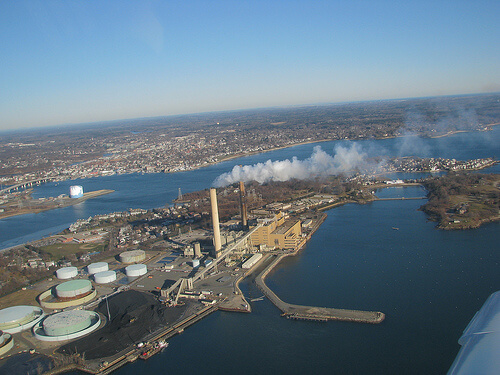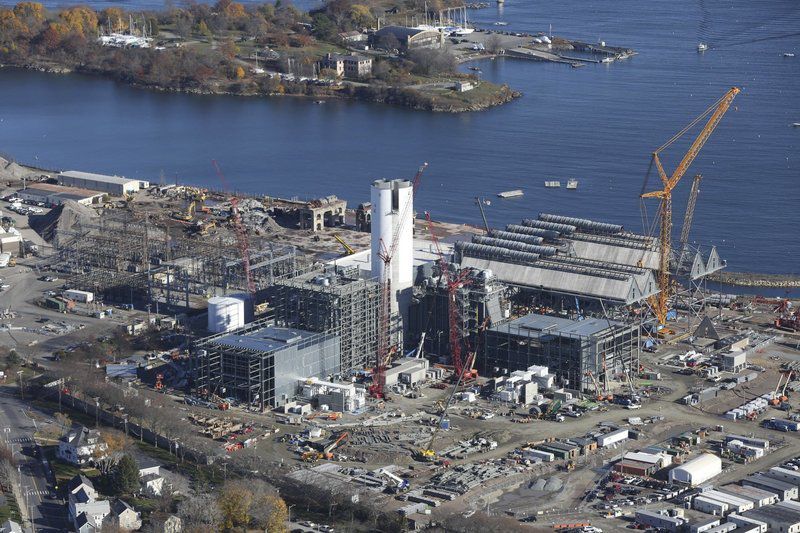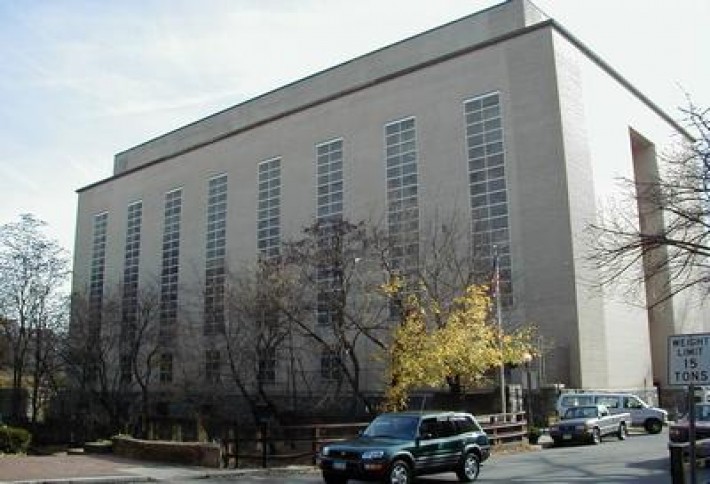stellarfun
Senior Member
- Joined
- Dec 28, 2006
- Messages
- 5,711
- Reaction score
- 1,544
The existing coal /oil plant is being demolished, and new plant, using natural gas as a fuel, constructed.
The video is from Saturday, with extensive drone footage, and is the controlled demolition of boiler 4. From the drone, one can see the single flue stack for the new plant, and the steel framework rising..
https://vimeo.com/155342957
Much of the material and most of the plant equipment is arriving by ship.
If you point this webcam to the north, you can readily see barges or ships docked at the site. There is an oversized barge there this morning, and a cargo ship at anchorage in the harbor.
http://shetlandpark.com/webcam/
The video is from Saturday, with extensive drone footage, and is the controlled demolition of boiler 4. From the drone, one can see the single flue stack for the new plant, and the steel framework rising..
https://vimeo.com/155342957
Much of the material and most of the plant equipment is arriving by ship.
If you point this webcam to the north, you can readily see barges or ships docked at the site. There is an oversized barge there this morning, and a cargo ship at anchorage in the harbor.
http://shetlandpark.com/webcam/








